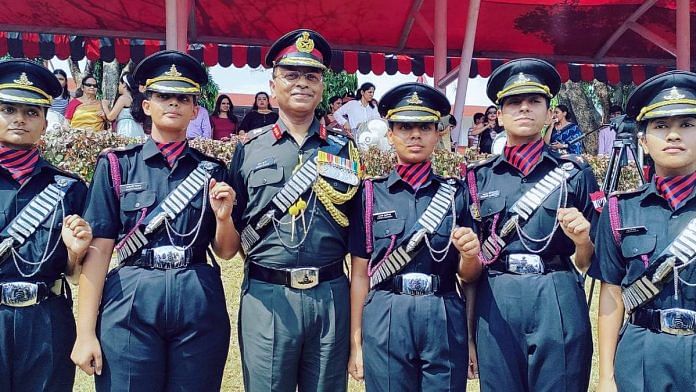Even the most rigid of institutions, including the Army, cannot escape change. Taking a leaf out of the civil services reforms process, the Army has initiated a radical new proposal for its much analysed Annual Confidential Report system.
Similar to the system used to evaluate the performance of civil servants, including the All India Services officers, the Army HQ has initiated a proposal that seeks to bring a 360-degree appraisal method for its personnel. The idea behind this proposed move is that the fairest appraisal is done by those below as well as those above the officer being evaluated. It is an idea that cannot be faulted for its reasoning. Evaluation is fairest, after all, when it is holistic.
Going by this, it would be fair when the officer is evaluated both by his subordinates and as per the current three-tier method that includes evaluation by seniors under whom the official has served over the past year.
The Army HQ, therefore, has shared two proposals that have been circulated among the formations for feedback. One is the reciprocal feedback system similar to the one in the Navy, which involves a report by both the officers, virtually about each other. This is followed by input at the Naval HQ level as well. While it appears to be a fair and efficient system, its applicability on a larger scale for the Army is questionable. Due to the sheer difference in the size of the two services, it would be difficult to implement the reciprocal system in the Army.
The other proposal being considered is the upgradation of the current peer group evaluation system which is in practice in Category-A training institutions, wherein officers are randomly assessed by their equals, even if they are from the other services. Combining this with assessments from subordinates completes a 360-degree picture, it is believed, and therefore the Army HQ has circulated this as another option to be considered for implementation. It is altogether a different matter what the Army really needs.
Also read: Arabs to Abyssinians, India was once a mercenary magnet—Russia war shows it has turned exporter
If it ain’t broken…
By any stretch of the imagination, and despite the protestations of those from the All India Services, the Armed Forces quite simply have the most efficient evaluation system in the country. And, this has been the case since India became Independent. It is, of course, not perfect and leads to some unacceptable types gaining rank and certainly many outstanding ones who don’t. But that is the price to be paid for a steeply pyramidical structure, in which each rank sees many being cast aside in the next higher step taken. By and large, it has worked rather well in complicated circumstances.
Circumstances are made complicated by a work culture that has developed over decades in Delhi’s corridors of power. Fighting against the ‘approach’ practices of governance is a constant for the service HQ branches handling promotions and postings. So it is surprising that the Army HQ has taken a leaf out of the civil services appraisal process, precisely from where most of this ‘approach’ emanates. The civil services have implemented their own 360-degree system for officers being empanelled to the post of Joint Secretary and above. This entails that the officer in question is evaluated by a committee that randomly selects subordinates and seniors to do the assessment.
This is what makes the Army HQ’s initiative strange since the civil services system only kicks in during the Joint Secretary empanelment. In military equivalence, that is at the rank of Major General, who in the Army system is assessed directly by Army HQ, without any inputs from peers or subordinates. Fair enough. But, this also means that by this stage of climbing the pyramid, the number of coursemates left is tiny, really few compared to those who gained commission together. The civil services must have done adequate homework before implementing a reporting system at a viable stage.
Since the Army HQ is playing follow-up, it could keep these lessons in mind. The most important is, of course, to keep as its core point of analysis the fact that its existing system isn’t bad, inefficient, corroded or corrupt. And then, as the American truism goes, ‘if it ain’t broke, don’t fix it’. The Army’s evaluation system isn’t broken, so it should be tampered with only after serious diligence. It certainly isn’t perfect, and can be upgraded, but that change should always be made keeping in mind that the Army’s sole purpose is to prepare for combat, prevent it, and if not, then fight.
Manvendra Singh is a BJP leader, Editor-in-Chief of Defence & Security Alert and Chairman, Soldier Welfare Advisory Committee, Rajasthan. He tweets @ManvendraJasol. Views are personal.
(Edited by Aamaan Alam Khan)






